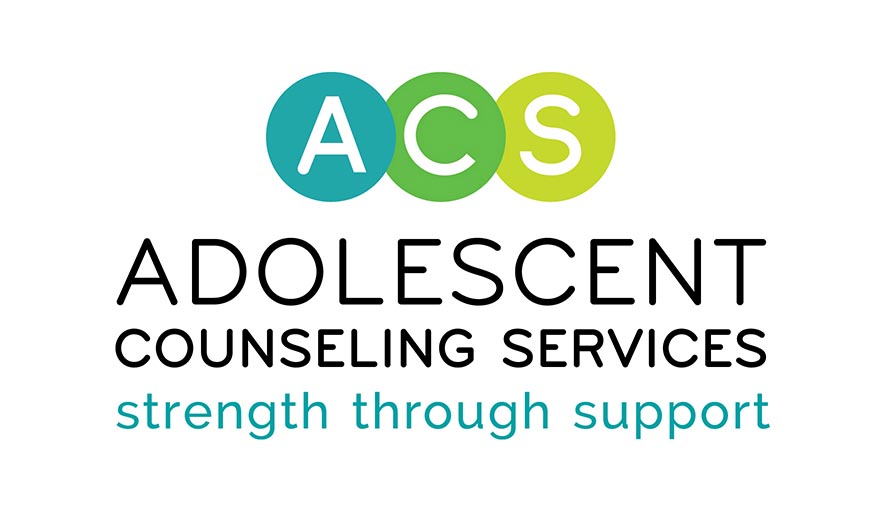
The Mental Health Boost of Getting Involved in Your Community
Written By: Stephanie Arias, Clinical Trainee at ACS, On-Campus Counseling Program
IN TODAY’S BUSY WORLD,
many teens juggle school, activities, and social lives that often take place online or in their individual worlds. After a few years of online interactions, in-person interactions may have become more limited, leading to feelings of isolation for many teenagers and their families. One powerful — and sometimes overlooked — way to strengthen mental health for both teens and families is through community involvement.
A Natural Mood Booster
Volunteering, joining local clubs, or participating in neighborhood projects can give teens a sense of purpose and belonging. Research shows that acts of kindness and meaningful engagement activate areas of the brain associated with pleasure and reward, releasing “feel-good” chemicals such as dopamine (known for promoting motivation and emotional regulation) and endorphins (known for blocking pain and stress) (Lahoti).
For teens who may feel stressed, lonely, or overwhelmed, community involvement offers a positive outlet to shift their focus outward, discover a passion, and form genuine, positive connections with other community members.
Building Stronger Social Connections
Adolescence can be a time of feeling misunderstood or disconnected. Community activities create low-pressure environments where teens can meet new people, develop friendships, and strengthen interpersonal skills.
Whether it’s working on a community garden, tutoring younger children, or volunteering at a local food bank, these settings allow teens to connect with people from diverse backgrounds, broadening their perspectives and reducing feelings of isolation. Teens may also gain a sense of community from joining sports, finding after-school clubs in areas of their interest, or exploring cultural spaces they feel connected to.
For parents, participating alongside their teens can deepen family bonds. Sharing experiences, such as volunteering together or finding common hobbies, can spark meaningful conversations and create lasting memories.
Boosting Self-Esteem and Confidence
When teens see the impact of their efforts, they often gain a stronger sense of self-worth. Completing projects, contributing ideas, or simply being recognized for their help builds confidence and resilience.
These positive experiences can counteract negative self-talk or academic pressures. Teens begin to view themselves as capable individuals who can make a difference — a powerful mindset that fosters their mental health and future success.
Developing Coping Skills and Emotional Resilience
Life is full of challenges, especially during the teenage years. Community involvement often teaches teens how to navigate real-world problems — from teamwork and communication to managing setbacks and disagreements.
These skills translate into stronger emotional resilience. Teens learn to handle stress in constructive ways and feel less alone when facing difficulties, because they’ve built networks of support and learned how to work through challenges collaboratively (Blum et al.).
Creating a Sense of Belonging and Identity
Perhaps one of the most meaningful benefits is the sense of belonging that comes from being part of something bigger than oneself. Teens who feel connected to their communities are less likely to experience chronic loneliness, depression, and anxiety.
For parents, encouraging involvement shows teens that their contributions matter — that they are valued members of their community and promotes identity exploration.
Getting Started Together
Parents can help teens explore their interests and match them with opportunities:
- Volunteer at local shelters, libraries, or after-school programs.
- Join youth councils, cultural exploration clubs, or environmental groups.
- Organize neighborhood clean-ups, peer support get-togethers, or cultural events.
- Start small — even an hour a week makes a difference!
Community involvement isn’t just about helping others; it’s a powerful way to nurture mental well-being. For teens and parents alike, showing up for your community can mean showing up for yourselves and your journey towards a well-balanced life.
___________________________
References
Blum, Robert W, et al. “Adolescent Connectedness: Cornerstone for Health and Wellbeing.” BMJ, vol. 379, no. 1, 27 Oct. 2022, p. e069213, www.bmj.com/content/379/bmj-2021-069213, https://doi.org/10.1136/bmj-2021-069213.
How Community Engagement Supports Mental Health Recovery Programs. (2025). Heartwisesupport.org. https://www.heartwisesupport.org/post/how-community-engagement-supports-mental-health-recovery-programs
Lahoti, A. (2023, February 28). Dopamine and Serotonin: Our Own Happy Chemicals. Www.nationwidechildrens.org. https://www.nationwidechildrens.org/family-resources-education/700childrens/2023/02/dopamine-and-serotonin
